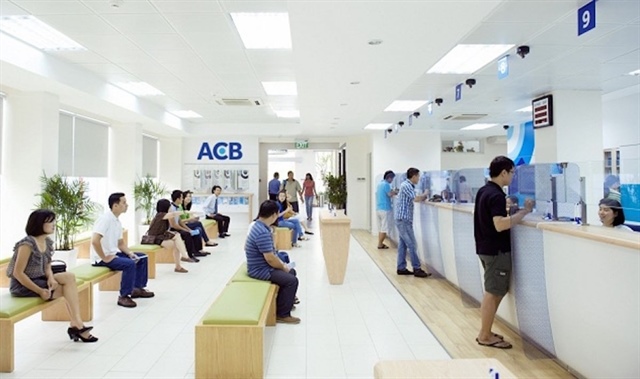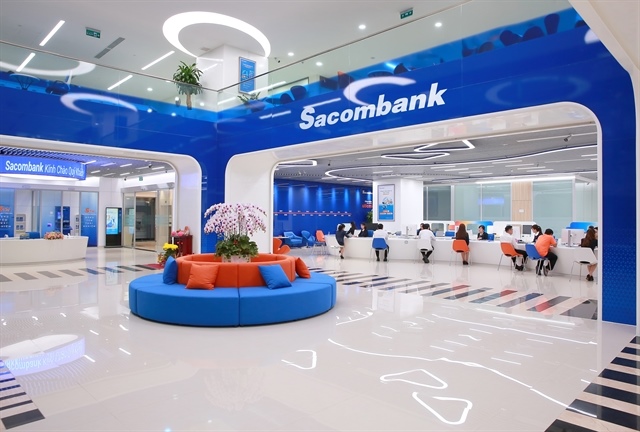Bank interest rate reductions flare up black credit
Bank interest rate reductions flare up black credit
The decision by the State Bank on slashing the deposit interest rate ceiling to 9 percent has raised the worry that this would lend a hand to the black credit to grow.
In theory, when the deposit interest rates decrease, which cannot bring considerable profits to depositors any more, they would keep money in coffers or lend on the black market to get higher profits.Though the interest rates have been eased continuously in the last several months, the credit still has witnessed a minus growth rate so far this year, which has been blamed on the bad debt, described as the “clot of blood” that causes the cash flow congestion.
The State Bank of Vietnam has reportedly suggested establishing a bad debt trade company with the total capital of 100 trillion dong, which would buy back the bad debts from banks to rescue businesses. Once getting free from the bad debts, commercial banks would be able to push lending. If so, businesses would be able to access bank loans at reasonable costs, which would help them resume the production.
However, Dr Vu Viet Ngoan, a well-known economist, said one should not put too much hope on the State Bank’s suggested bad debt trade company. Ngoan said that this is just one of the measures to deal with the bad debts, while it would not be able to settle the problem of the whole banking system.
Dr Le Dang Doanh has also warned that dealing with the bad debts would be a complicated process which would take a big sum of money. Therefore, it’s still unclear if 100 trillion dong is enough to clear the debts.
The International Monetary Fund (IMF) has estimated that the bad debt settlement would cost 5-15 percent of GDP, which is really a big sum of money.
Experts have suggested that the State would contribute 30 percent of capital to the debt trade company, while the other 70 percent of capital would be sourced from the commercial banks, with the capital contribution ratios depending on the debt volumes they want to deal with.
The outstanding loans grew by minus 0.76 percent in the first five months of the year, while no sign of high growth rate has been seen for June. It is highly possible that the 15-17 percent targeted credit growth rate for 2012 is unattainable.
Once the lending in the official market does not increase, i.e. businesses cannot access bank loans due to the strict requirements set by the banks, they may seek capital on the black market.
“If the interest rates keep decreasing to the levels below the inflation rate, people would withdraw their deposits from banks and lend to each other to enjoy higher interest rates,” Doanh has warned.
“I do not think that this is what we want. I believe that the State Bank would apply necessary measures to prevent this,” he continued. “It would be better not to refuse the merger of businesses in order to obtain cheaper capital sources and access bank loans.”
According to Nguyen Thi Hong, Director of the Monetary Policies Department under the State Bank of Vietnam, the State Bank has been adjusting key interest rates in an effort to ease the lending interest rates, thus helping ease the businesses’ difficulties.
Hong said that the average lending interest rate in the first five months of the year dropped sharply by 2-5 percent from that at the beginning of the year.
vietnamnet


























